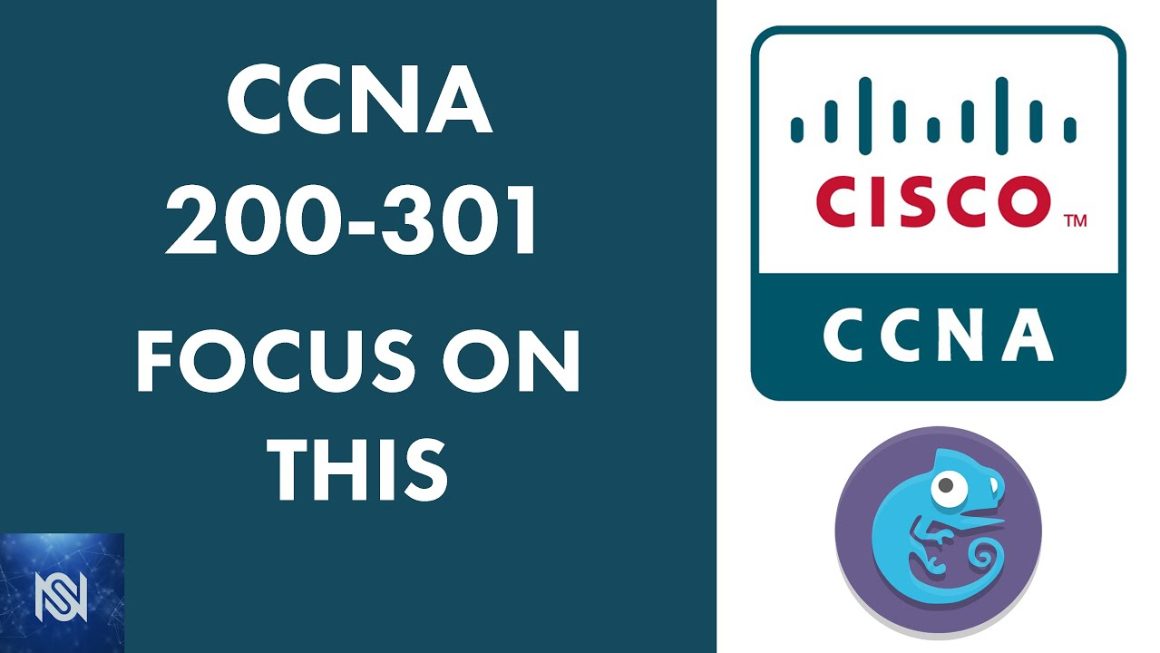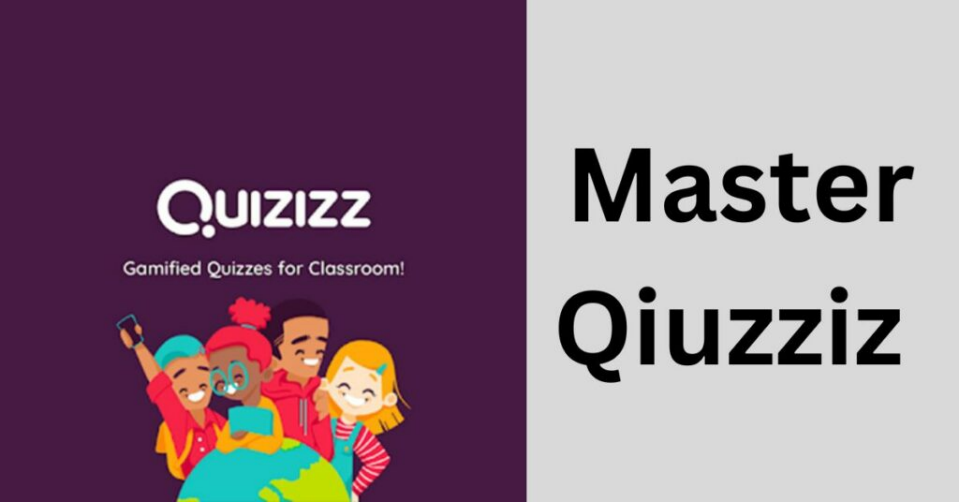Teaching can at times prove to be demanding with all the responsibilities that come with it. Yet, you must be positioned to attain smart classroom goals!
Dealing with student behavior, reporting to the management, handling assignments, and assessing student performance can become tough work for teachers. There are also changes in the modern education sector that require teachers’ adaptability.
Although that remains the fact, technology has dimensionally revolutionized education in many ways. Teaching currently doesn’t have to be confined to a single physical classroom. More specifically, it can happen anywhere and at any time! However, much as technology has transformed the way teachers teach, goal setting remains essential in teaching.
Goal setting is an important aspect of every modern learning environment irrespective of whether you’re teaching online or in a physical classroom. Teachers must set SMART Goals and track them. Setting goals works as a compass for the teacher and the entire classroom and also increases achievement levels.
If you’re a teacher concerned about the performance of your students and the effectiveness of your teaching style, here are the best approaches you can attain smart classroom goals.
7 Actionable Ways Teachers Can Achieve Smart Classroom Goals
First and foremost, there is a huge difference between working smarter and working harder. In the real sense, many teachers won’t be feeling drained in their teaching profession if they chose or choose to work smarter.
By working smarter, you find means of accomplishing more in less time. You don’t need to struggle to complete a day’s task. But rather, you leverage tools and strategies to get things done. In this way, you escape the stress and burnout that comes with managing a class whether teaching physically or online.
So, here are the best ways teachers can achieve smart classroom goals
Work on Your Teaching Skills
The contemporary era is seeing many changes in the way people live and work. We also see changes in the education sector. Apart from embracing technology, student curricula have greatly changed worldwide.
There are new fields of study like data science, and digital finance, and a lot of advancements are seen in significant fields like science, technology, and engineering. With all that, what used to be taught six decades ago and how it used to be delivered might not be the same today.
The modern education sphere is seeing a shift toward technologies like artificial intelligence (AI), virtual reality (VR), augmented reality (AR), gamification, and educational apps that render learning immersive. Modern education systems are genuinely prepping learners as per the needs of the current workforce and the world at large.
With that, teachers must try to upgrade their teaching skills. Try to improve your teaching proficiency to adapt to the current teaching needs and learners’ expectations. Many teachers are adopting the online teaching model, but it would be embarrassing if your students realize that you lack the skills to operate a given teaching app or software effectively.
Take a course to help you attain the digital literacy required in the modern teaching domain. It will also help you become flexible and effective with your teaching style. Above all, it will allow you to attain smart classroom goals effortlessly.
Identify Student Learning Gaps
It is one thing to buy a car for the sake of owning one and another for work purposes. Teaching for the sake of teaching or as a side gig is one of the major causes of incompetencies in the education sector. However, doing it with a purpose and passion brings a massive difference to it.
Teaching effectively primarily requires understanding your students. When teachers understand the type of students they are dealing with, it allows them to identify learning gaps and their capabilities. Accordingly, teachers are able to set smart goals.
Setting goals without understanding the needs of a classroom is a form of ineptitude on a teacher’s side. To help you with this, first, understand the practices of online teaching if you’re an online teacher, then identify students’ learning levels and needs.
Then introduce learning models tailored to the students’ learning needs. You can choose to have one-on-one sessions to connect individually and identify students’ learning needs. This will then help you set classroom goals and achieve them easily.
Set Realistic Goals
A goal can be referred to as the desired end result of an action or plan. Teachers set so many goals and they could be completing the syllabus a month prior to the examination week, or revisiting topics before exams.
As a professional teacher, always aim at setting SMART goals. SMART is an acronym for Specific, Measurable, Attainable, Realistic, and Timely. Generally, smart goals are set depending on the underlying factors. Avoid setting goals that are unrealistic or aren’t achievable. For example, expecting every student to learn at the same pace or you handling every classroom duty.
Smart goals must be measurable and realistic. More so, many teaching goals can be reflected in the academic performance and positive change in the students. If you set unrealistic goals as a teacher, it only increases stress levels and burnout chances.
Expect your students to have different learning levels and then plan accordingly. You should also ensure that short-term goals are aligned with long-term goals. Set key performance indicators (KPIs) to help you track progress. In this way, you will work smarter and achieve your classroom goals without mental pressure.
Prepare in Advance
Want to achieve targets effortlessly? Plan! Planning is vital in achieving a goal and even if one fails to achieve the exact goal, there are other chances of the efforts producing a positive impact.
First and foremost, create a teaching plan in line with the syllabus and student learning needs. The plan should also cater to extracurricular activities or learning needs like question and answering sessions, quizzes, and topic revisitation.
Ensure to prioritize tasks and cut down cumbersome ones into small bites. You can leverage the Pareto Principle for smart goal realization. The principle asserts that 80% of the outcomes are influenced by the 20% input. You can actually achieve more with less input and it’s all by working smart.
Delegate where possible rather than handle all classroom responsibilities solely. By delegating tasks, you will dedicate quality time to urgent and major tasks. You will also be able to attain a work-life balance and will also help your students improve their skills i.e leadership and collaboration.
Leverage Tools
Whether you’re a traditional teacher or a virtual teacher, there is a wide range of tools you can leverage for efficiency. Moreover, these educational tools can bring about productivity. Whether you need a communication app, collaboration, planning, or grading software, there is a tool for almost everything.
Dropbox, Evernote, Edmodo, Kahoot, Google Classroom, CommonLit, Plickers, and Minecraft among other tools are revolutionizing teaching worldwide. Utilizing such tools whether to plan lessons, grade students or keep a track of your activities can help any teacher achieve smart classroom goals.
On the other hand, making your students familiar with modern learning technologies can improve their classroom engagement. Techjury indicates that over 80% of students who used digital learning tools were able to see a difference in their grades. Meaning that technology and tools can help both teachers and students attain smart classroom goals.
Master the Art of Classroom Management
It is highly essential for a teacher to maintain an upper hand in classroom management. Teachers who know how to manage their classrooms have a reduced likelihood of burnout, depression, and frustration.
There is no definite antidote for student misbehavior, insubordination, and low performance. However, there are certain approaches to reducing such incidents and this can help teachers attain smart classroom goals.
Instead of dealing with indiscipline issues in real time, choose to be proactive. Communicate classroom guidelines and rules with a penalty for defiance. Also, try to improve your relationship with students. Connect with them individually to form a bond and maintain a professional attitude with them.
Then tap into the power of emotional intelligence. Understanding your emotions and feelings plus their impact on others can help you manage your classroom effectively. Be empathetic where necessary, and ignore or get a classroom monitor to help you ensure discipline in the class.
This will help you achieve the set classroom goals in the long run.
Invest in Your Mental Wellness
It is quite common to get lost in classroom duties and forget your mental and physical health. Many teachers experience burnout simply because they ignore other vital aspects of their lives. As an individual, you need to maintain your physical and mental wellness in order to deliver lessons effectively.
Try to build a reliable social circle, exercise regularly, eat healthily, and set boundaries. Seek help where you feel stressed and can’t cope. Maintaining your mental wellness is a foundational key to proper classroom management and goal realization.
Conclusion
Every teacher has a purpose or a reason for choosing teaching as a profession. However, attaining smart classroom goals takes more than just passion. You must plan, ensure mental wellness, and keep yourself up to date with new teaching practices and technologies.



